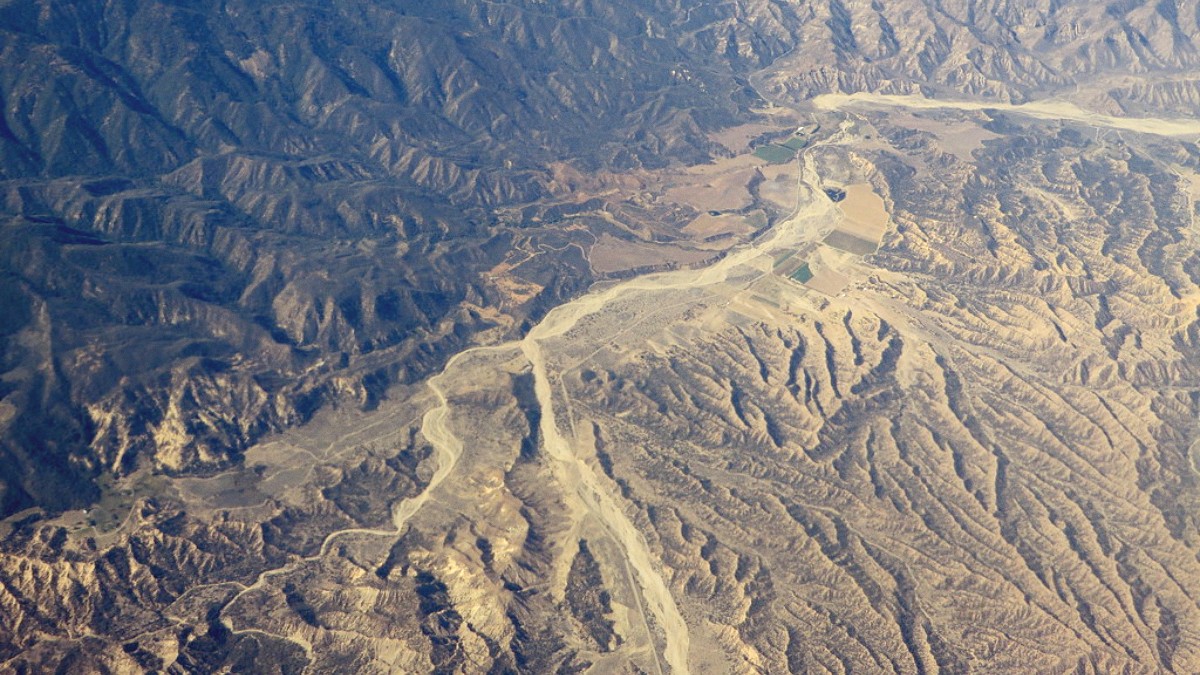
The Northeast, Brazil
São Luís is a special place among Brazilian state capitals. The city’s designation as an UNESCO World Heritage site highlights its remarkable preservation of colonial architecture, a collection of tiled facades unmatched in the Americas. Beyond its historical beauty, São Luís beats with a modern rhythm, famously embracing reggae music to earn the title of Brazil's "Reggae Capital."
Your journey to São Luís promises more than just sightseeing. It offers a cultural immersion, a chance to taste unique regional flavors, and a stepping stone to the otherworldly landscapes of the nearby Lençóis Maranhenses National Park. This guide aids in preparing for a comfortable and rewarding adventure, detailing practical elements and recommendations for your stay.
São Luís is more than a stopover; it is a destination. Travelers often stay longer than initially planned to absorb the atmosphere, explore hidden alleys, and connect with the local way of life. You can spend hours simply admiring the detailed tile work on historic buildings, each azulejo telling a story of craftsmanship and heritage. The local people, known as Ludovicenses, welcome curious travelers with open arms, eager to share their city’s proud heritage and distinct cultural expressions.
São Luís anchors the state of Maranhão, a significant part of Brazil's expansive Northeast Region. The city occupies Ilha de Upaon-Açu, also called Ilha de São Luís, an island positioned within the Baía de São Marcos (Bay of Saint Mark). The bay itself is a confluence of two rivers, the Anil and the Bacanga, further shaping the island's geography and the city's relationship with water.
The island of Upaon-Açu stretches roughly 60 kilometers (about 37 miles) north to south and 20 kilometers (about 12 miles) east to west. São Luís sits on the island's northern tip, strategically facing the Atlantic Ocean through the wide expanse of the Baía de São Marcos. This geographical placement meant a natural harbor, attracting early European colonizers. The city's coordinates are approximately 2°31′47″S latitude and 44°18′10″W longitude, placing it firmly in the tropical zone. This low latitude explains its consistently warm temperatures and high humidity, which characterize its climate year-round.
Mangroves lining rivers and parts of the bay sustain rich biodiversity and local fishing.
Ponta d'Areia and Calhau offer recreational coastal spaces.
Noticeable tidal changes result in São Luís experiencing noticeable tidal shifts, influencing activities and ferry operations.
The Baía de São Marcos is a shipping route for commodities like iron ore.
The island connects to the mainland via bridges.
São Luís possesses a complex history, beginning with an unique chapter in Brazil's colonial narrative. The city distinguishes itself as one of the few Brazilian state capitals founded by the French. In 1612, French colonizers established "Saint-Louis" on the island, aiming to create "Equinoctial France." This initial European presence was short-lived, however. The Portuguese, intent on asserting their claim over the vast territory, expelled the French in 1615.
The Portuguese then solidified their control, transforming São Luís into a prosperous colonial hub. Its strategic location made it a significant port for the export of cotton and sugar, commodities that fueled the region's economy during the 18th and 19th centuries. This period of economic prosperity directly shaped the city's architectural development. Wealthy merchants and plantation owners invested in grand townhouses, many of which featured the distinctive tiled facades (Azulejos) imported from Portugal. These tiles, designed for both aesthetic appeal and practical insulation against the tropical heat, became a hallmark of São Luís's urban landscape. A defining moment in São Luís's modern history occurred in 1997 when UNESCO recognized its Historic Center as a World Heritage Site. This designation highlights the exceptional preservation of its colonial Portuguese architecture, notably the vast collection of tiled houses.
Recognized in 1997, São Luís's Historic Center displays exceptional preservation of colonial Portuguese architecture and its iconic Azulejos.
Unexpectedly, São Luís embraced reggae music in the late 20th century, creating a unique sound and scene with local Radiolas and reggae-themed bars.
The Bumba Meu Boi festival, Maranhão's most celebrated folkloric event, stands as a testament to the region's rich cultural fusion. Visitors experience this history directly in the city's architecture, its music, and its people.
São Luís has a travel experience that blends historical beauty, cultural vibrancy, and a gateway to natural wonders. Here is a quick overview of what makes this destination special and what you can anticipate.
Warm temperatures and high humidity year-round. Rainy season (Jan-Jun) and dry season (Jul-Dec).
UNESCO-listed with unique colonial architecture and Portuguese tiled facades.
Main entry point for stunning Lençóis Maranhenses National Park and the historic town of Alcântara.
Maranhão’s cuisine reflects its mixed heritage, with strong flavors and unique ingredients. A must-try dish is Arroz de Cuxá, a flavorful rice with local herbs and dried shrimp. You can also find abundant fresh seafood and unique local fruit juices.